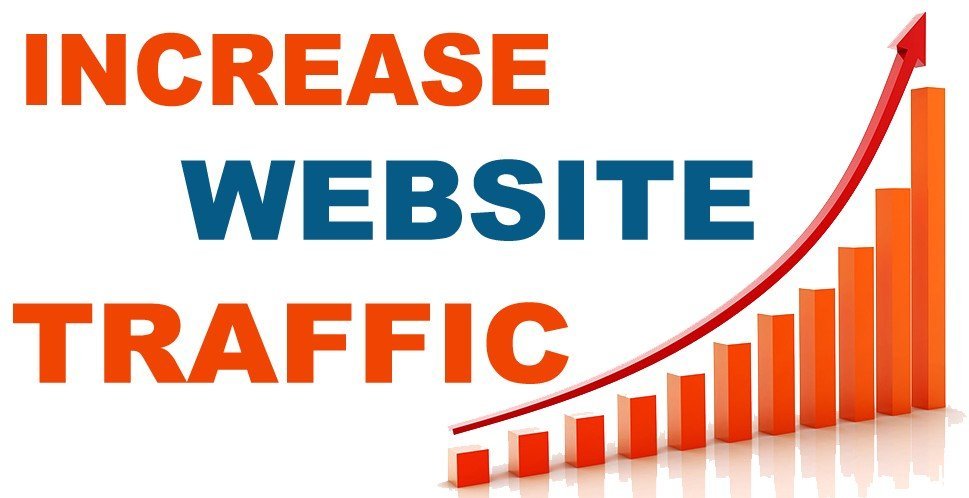How to improve Site ranking and site traffic?
Ranking in SEO refers to website position in the result page. There are various factors that influence a website to appear in the top list on the SERP based on the content relevance to the search term, or the quality of backlinks that are pointing to the page. Follow these steps to improve your search engine optimization (SEO) and see how your website rank on the top of search engine result page.

1. Content should be relevant: Content Relevance is used to indicate how relevant a website to a particular search term or topic. Content is the main factor in your search rankings. Quality content will increase website traffic, which improves your site’s authority and relevancy.
Keywords:Identify and target a selected keyword phrase for every page on your website however your reader may seek for that specific page with search terms.
Multiple Keyword Phrases:If you wish to rank for multiple keyword phrases in your website, you’ll be compelled to build a separate webpage for every keyword phrase you’re targeting.
Placing Keywords:Once you find keywords it improves your search engine ranking. Proper keyword placement is once keywords area unit placed strategically throughout the content of your website in order that the search engines will properly index your site for those relevant keywords.
Content:Beyond page URL, title, and headings, content is most important for search rankings. Repeat your keyword phrase many times throughout the page—once or double within the opening and closing paragraphs, and two to four a lot of times throughout the remaining content.
2. Regularly update your content: Regularly updated content is viewed as one of the best methods to increase a site’s relevancy, so be sure to keep it fresh and updated. Every time when you update your website, the search engine takes notice and re-arranges your site’s ranking. Thus, if you want to increase the chances of your website getting a higher ranking, update the content regularly. so regularly audit content and makes updates as needed in the content.
3. Metadata: Meta tags are invisible tags that give information regarding your page to go looking engines and website visitors. In short, they create it easier for search engines to see what your content is regarding, and therefore it is very important for SEO.
Title metadata: Meta title should give users a brief, concise and comprehensible impression of what the page is about and why it is relevant for them. Title metadata is responsible for the website titles displayed at the top of a browser window and as the headline within search engine results. It is the most vital information on your page.
Description metadata: A meta description is an HTML element that describes the contents of your page for users and search engines. A good meta description contains two full sentences. Search engines may not always use meta descriptions, but it is important to give them the option.
keywords metadata: Meta Keywords are a specific type of meta tag that appear in the HTML code of a Web page and helps search engines to define the topic of the page.
4. Have a link-worthy site: Link worthy site will improve your search engine rankings as well as the ranking of the page you are linking to. We always use descriptive links it not only improves search engine optimization but also adds value to your readers, including those with disabilities or who are using screen readers.
5. Use alt tags: An alt tag, also known as “alt attribute” and “alt description,” applied to image tags to provide a text alternative for search engines. Applying images to alt tags such as product photos can positive impact an e-commerce store’s search engine rankings. They allow search engines to locate your page, especially for those who use text-only browsers or screen readers.

